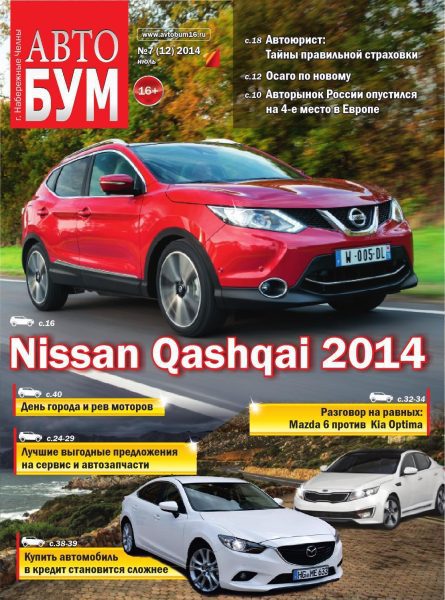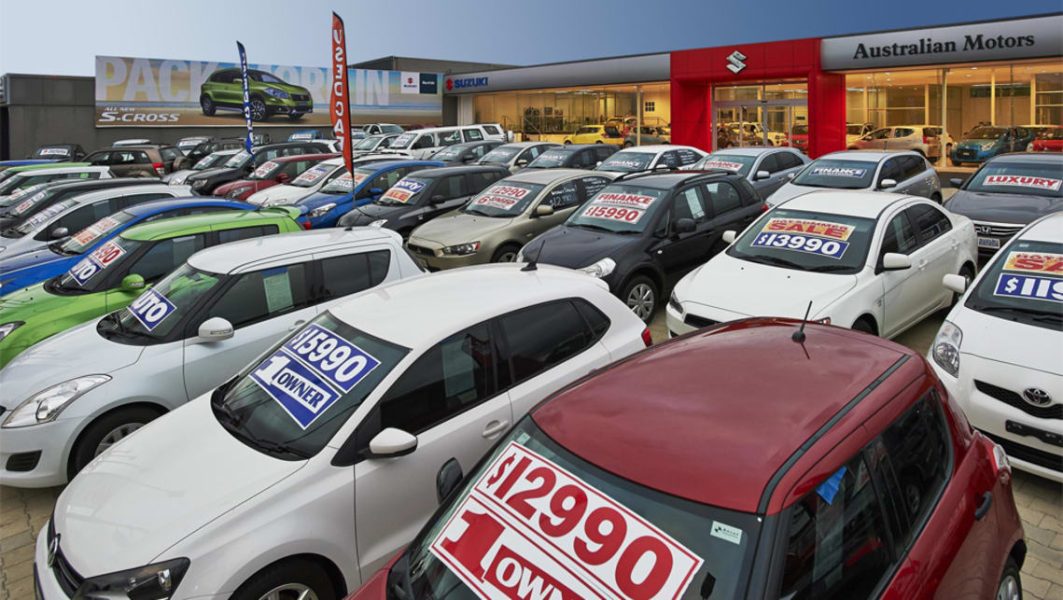
0% Car Financing Deals: The Truth About 0-1% New Car Financing

This rule seems so obvious that it's probably even in Donald Trump's best-selling book The Art of the Deal if you like books with the short words: "Anything that sounds too good to be true almost certainly is."
So if you see an ad promising “0% APR,” “0% car financing,” or even the slightly less generous-sounding “1% car financing deal,” immediately grab your reading glasses and get ready to start scouring for fines. press because there is more to most new car finance deals than meets the eye.
The simple and should be obvious fact is that new cars with zero financing can actually be more expensive than buying the same car with a standard interest rate. This may seem counter-intuitive to you, and if so, you really need to read on.
When you see an offer like "0% financing" it sounds like a hell of a deal, but that's how car finance deals are supposed to sound. Basically, it's all about getting into the showroom.
What you need to pay attention to is the bottom line, and the math here is pretty simple. If you can buy a car with a normal financial deal, say 8.0%, for $19,990, it will still be cheaper than buying a car at 0 percent if the same car is $24,990 at your “special” 0 percent deal. .
Because that's what car companies sometimes do, mostly as a way to refund the cost of the offer to you with "0% financing" for example. They give you a low rate but increase the price of the car or add additional fees, shipping charges and fees. Again, it's all about reading the fine print.
Using the theoretical example above, we used a website to calculate that the total repayment at 8 percent would be lower than 0 percent, a deal too good to be true.
At 8 percent, a car worth $19,990 over three years will require a repayment of $624 per month, which means you end up paying $22,449 for the car after three years.
But the price of $24,990 paid over three years at zero interest is still $0 per month, or $694 in total.
“Many car companies use low-funding offers to get customers into dealerships, but in most cases, deals involve the full price of the car and the dealer paying full shipping,” explains an experienced dealership finance expert.
“This is the only way car companies can afford low interest rates. In the end they get their money. You won't get anything for free."
What should you do when buying the best financial deal?
Finance experts advise what you really need to do is compare and match offered deals, and not fall for simple sales like "0% financing".
Demand to know the total repayment of this 0 percent and what the total purchase price will be, including all fees. And then compare that price to the price you can get from a third-party financial company—your bank or some other lender—and how cheaply you can get the same car if you raise your own funds (or, if at all possible, pay in cash). which usually lowers the price considerably).
Always be sure to ask about the orb payout at the end of any financial transaction because there can be hidden pitfalls in this.
The smartest thing to do, of course, is negotiate, because if you can get your dealer to tie their zero financing deal to a cheap exit price, then you really win on both sides of the ledger.
Of course, you will need a dealer who is very eager to change this particular model, but remember that it never hurts to ask. And you should always be ready to walk away and ask the same question to another dealer.
And always keep an eye on your finances. Trades as low as 2.9% are quite common these days and historically this is a very good rate indeed. And if you're willing to take the risk and get a good deal with zero funding, there are plenty of car companies out there that will try to please you.
In 2021, it's becoming less and less common to see dealerships trumpeting that they have a "0 percent car financing" deal, perhaps because consumers have begun to catch on to the ruse.
It is much more common to find a "financial calculator" with sliding scales on a car brand's website - this allows you to set what interest you want to pay, for what period you want to repay the loan, and how much (if any) you will pay in a lump sum at the end of the term .
This can make you feel like they're in the driver's seat, so to speak, with the freedom to set the terms of the loan to suit their own personal requirements, but the same caveats apply: the lower the interest rate, the higher you'll pay off over time; and additional costs may arise along the way (usually among the conditions you can see that the car manufacturer has the "right to change, extend or withdraw the offer at any time" and the good old "taxes and fees apply", so proceed with caution).
You can use the websites to find the best deals, or just find your favorite brand and the price you need.
How to deal
- Ask what the total repayments will be over the life of the loan, regardless of the interest rate they offer.
- Always compare the offer at the dealership with the offers outside because sometimes the dealer will have a better deal and sometimes it will be banks and other lenders who are cheaper.
- Ask if the low interest rate is tied to the price of the car or if the price of the car is also negotiable.
- Check the term of the loan. Many low-interest offers are only available for three years, and monthly payments can be higher than the regular long-term loan interest rate.